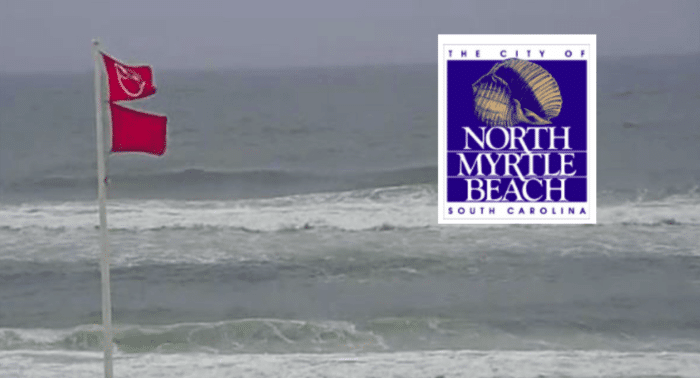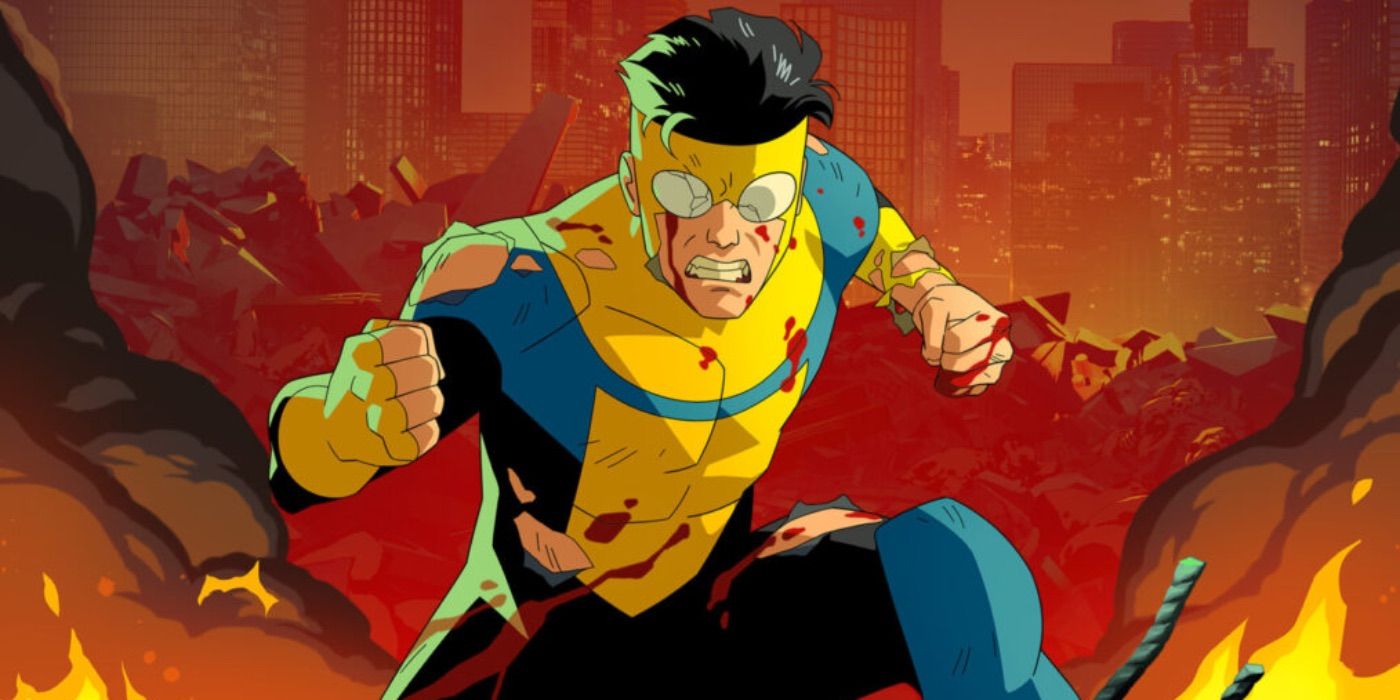Hells Angels: History, Structure, And Activities

Table of Contents
A History of the Hells Angels
The Hells Angels Motorcycle Club's story begins in 1948, post-World War II, in the heart of California. Founded by a group of veterans, the club's initial image was less sinister than its current reputation. However, their early years were marked by conflicts with rival motorcycle clubs, establishing a pattern of violence and territorial disputes that would define much of their future. Over the decades, the Hells Angels experienced significant expansion, establishing chapters across the United States and internationally, growing into a global network.
This growth, coupled with their involvement in increasingly serious criminal activities, significantly impacted their public image. Media portrayals, often sensationalized, further solidified their reputation as a dangerous and powerful organization. Legal battles, including high-profile prosecutions, have further shaped the public’s perception of the Hells Angels.
- Founding in California post-WWII: The club's origins are rooted in the post-war biker culture.
- Early conflicts with rival motorcycle clubs: Territorial disputes and violent clashes were common.
- Expansion into international chapters: The Hells Angels established a global presence.
- Legal battles and media portrayals shaping public image: The club's image has been consistently shaped by legal actions and media coverage.
- Key figures and their impact on the club's history: Certain individuals have played crucial roles in the club's development and criminal activities.
The Structure of the Hells Angels
The Hells Angels operate under a strict, hierarchical structure. At the apex sits the mother chapter, which exerts significant control and influence over the various regional and local chapters. This hierarchical system is crucial for maintaining order and coordinating activities across the organization. Each chapter mirrors this structure, with roles clearly defined and responsibilities allocated to specific members.
The club's leadership includes key positions such as President, Vice President, and Sergeant-at-Arms, each with distinct responsibilities in managing the chapter's affairs and enforcing the club's code of conduct. Becoming a member is a rigorous process, involving a lengthy probationary period and initiation rituals that solidify loyalty and commitment.
- Mother chapter and its influence: The mother chapter sets the overall direction and policy.
- Regional and local chapter organization: Chapters operate under the guidance of the mother chapter.
- Member ranks and responsibilities: Clearly defined roles ensure efficient operation.
- Strict hierarchy and code of conduct: Members must adhere to the club's rules and regulations.
- Initiation process and requirements: Becoming a full-patch member is a challenging process.
Activities of the Hells Angels
The Hells Angels' activities encompass a broad spectrum, ranging from legitimate businesses to serious criminal enterprises. While they engage in seemingly legitimate activities like merchandise sales and maintaining clubhouses, they are predominantly known for their involvement in organized crime.
This involvement includes drug trafficking, arms dealing, extortion, and violence. They are adept at money laundering, using various sophisticated methods to obscure the origins of their illicit funds. Their use of violence and intimidation is a key tactic to maintain control and enforce their will. Law enforcement agencies worldwide continuously combat Hells Angels activities.
- Illegal activities: Drug trafficking, arms dealing, extortion, violence, and other criminal activities are central to their operations.
- Legitimate businesses: Merchandise sales and clubhouses serve as a front for their criminal activities.
- Money laundering and financial operations: Sophisticated techniques are used to conceal the source of their wealth.
- Use of violence and intimidation: Violence is used to maintain control and dominance.
- Law enforcement efforts to combat Hells Angels activities: International cooperation is vital to address their transnational criminal activities.
The Hells Angels and the Law
The Hells Angels have faced numerous legal battles and prosecutions globally. Law enforcement agencies often utilize the RICO Act and other legal strategies to dismantle their operations. However, successfully prosecuting Hells Angels members poses significant challenges, including gathering sufficient evidence and overcoming the club's strong code of silence.
International cooperation among law enforcement agencies is crucial to combat their transnational criminal activities. The public perception of the Hells Angels, heavily influenced by media coverage, plays a role in shaping public opinion and influencing law enforcement strategies.
- RICO Act prosecutions and other legal challenges: Law enforcement uses various legal tools to target the organization.
- International collaboration in combating transnational crime: Cooperation is necessary to address their global reach.
- Challenges in gathering evidence and prosecuting members: The club's strict code of silence hinders investigations.
- Public perception and the influence of media coverage: Media portrayals impact public opinion and influence law enforcement response.
Conclusion
The Hells Angels Motorcycle Club, with its rich and complex history, rigidly structured organization, and involvement in a wide array of activities, remains a significant subject of study and concern. Understanding their history, structure, and activities is crucial for law enforcement, researchers, and the public alike. Further research into the Hells Angels, focusing on specific geographic regions or periods, is encouraged to gain a more complete understanding of this enigmatic organization. To learn more about the intricacies of this notorious group, continue researching the Hells Angels and their impact on society.

Featured Posts
-
 Water Restrictions In North Myrtle Beach Due To Public Safety Concerns
May 25, 2025
Water Restrictions In North Myrtle Beach Due To Public Safety Concerns
May 25, 2025 -
 Prime Videos Picture This A Full Guide To The Movies Music
May 25, 2025
Prime Videos Picture This A Full Guide To The Movies Music
May 25, 2025 -
 Uncovering Hidden Value In News Corp An Investment Perspective
May 25, 2025
Uncovering Hidden Value In News Corp An Investment Perspective
May 25, 2025 -
 Understanding The Philips 2025 Annual General Meeting Agenda
May 25, 2025
Understanding The Philips 2025 Annual General Meeting Agenda
May 25, 2025 -
 Kuda Propali Pobediteli Evrovideniya Za Poslednie 10 Let
May 25, 2025
Kuda Propali Pobediteli Evrovideniya Za Poslednie 10 Let
May 25, 2025
